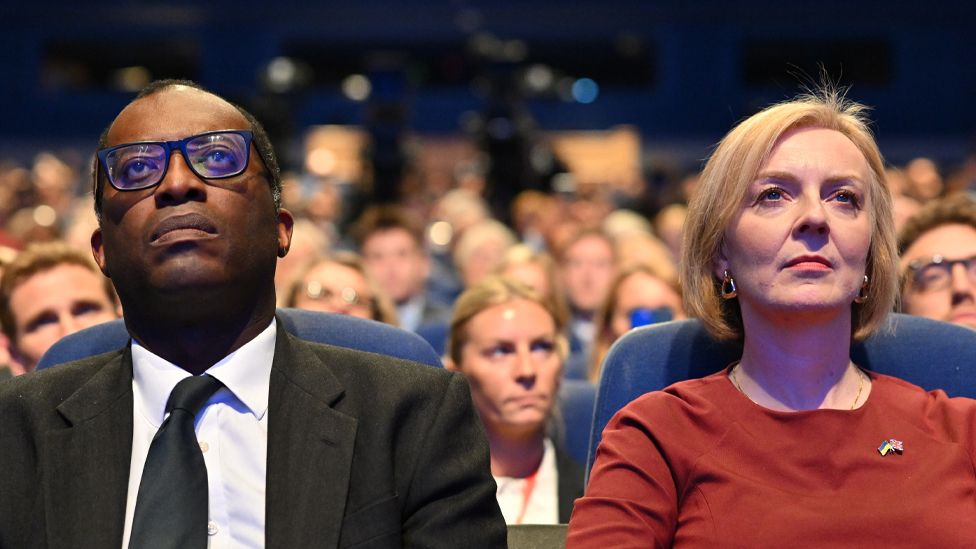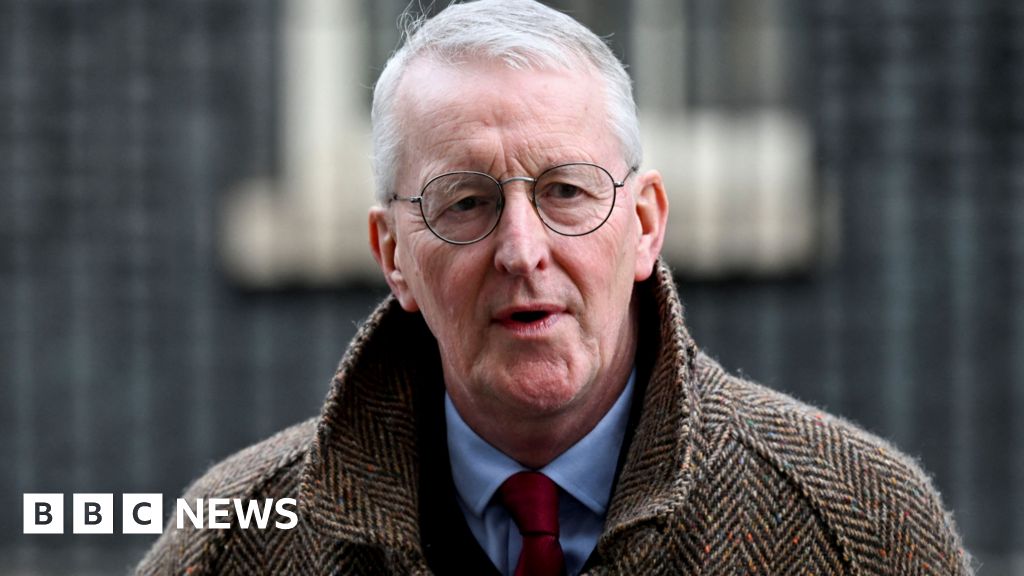ARTICLE AD BOX
 Image source, Getty Images
Image source, Getty Images
By Sir John Curtice
Professor of Politics at Strathclyde University
With his Autumn Statement, Chancellor Jeremy Hunt is attempting to plug the hole in the government's financial position revealed by his predecessor's attempt to dash for growth.
At the same time, he will be trying to turn around an economy in which prices are rising fast and people's living standards are falling.
But repairing the damage done by Liz Truss' short-lived administration to the government's reputation for fiscal responsibility is not the only challenge facing the chancellor.
He and the prime minister also have to reverse the severe damage done to their party's standing among voters.
Our graph reveals the extent of the fall in Conservative support in the polls during Ms Truss's tenure of 10 Downing Street and the scale of the challenge that the government now faces.
The Conservatives were already well behind Labour in the polls - by 11 points - when Ms Truss took over from Boris Johnson in early September.
The party had fallen behind Labour when allegations of breaches of Covid-19 lockdown rules in Downing Street first emerged last December. Mr Johnson's eventual downfall did not result in any significant recovery in his party's position.
A new leader typically gives their party a bounce in the polls. However, Ms Truss's arrival in Downing Street made little difference.
The Conservatives were still nine points behind on the eve of the "fiscal event" - or mini-budget - in which the then chancellor, Kwasi Kwarteng, announced a set of unfunded tax cuts.
Even though many of the individual measures were popular, voters seemed to suspect that the package might not be affordable.
In any event, polling conducted over the weekend after the announcement recorded a further three-point drop in Conservative support, enough to put Labour 15 points ahead.
Then the financial markets delivered their adverse judgement, the cost of government borrowing rose sharply, and the Bank of England was forced to intervene to stabilise the situation.
Conservative support fell by another four points, and Labour moved into a 25-point lead - a level of popularity that the party had not enjoyed since the early days of Tony Blair's time as prime minister.
Unsurprisingly, perhaps, Tory MPs' confidence in Ms Truss evaporated.
But the turmoil did not impress voters. Support for the Conservatives fell even further after Ms Truss announced her decision to resign as prime minister.
All in all, Ms Truss's brief 49 days as prime minister witnessed as much as a 10-point swing from Conservative to Labour.
Intriguingly, Labour were almost the sole beneficiaries of the Conservatives' difficulties - indeed, the Liberal Democrats and the Greens saw their support slip back a little.
In contrast to Ms Truss, Mr Sunak's arrival in Downing Street did give his party a bounce in the polls. Within a week there was a three-point swing back to the Conservatives. However, since then the recovery in the Conservative position has seemingly begun to slow.
As a result, the Conservatives still find themselves as much as 22 points behind in the polls. Meanwhile, they now have to persuade voters to accept tax increases and funding cuts at a time when many are struggling to cope with the rising cost of living.
They will have to hope that the medicine works - and that voters eventually notice.

 2 years ago
19
2 years ago
19








 English (US) ·
English (US) ·